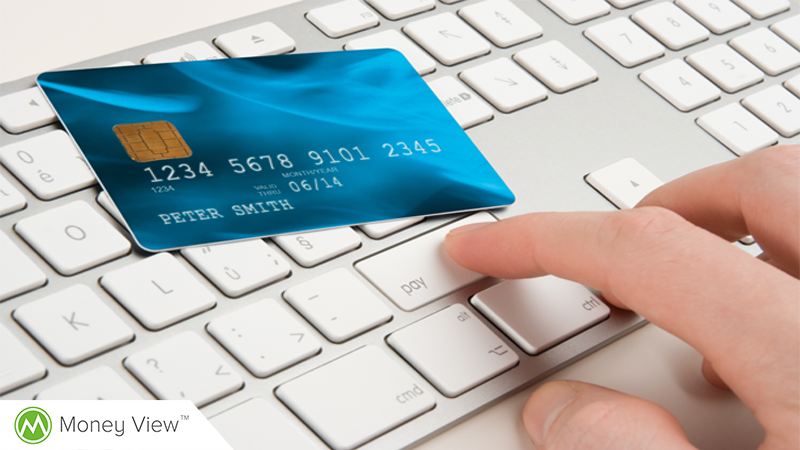Toxic Love Stories: The Credit Card
 Credit cards are, needless to say, a huge convenience. You don’t need to carry large amounts of money, and you can tap into the credit to fund purchases that you might not currently have all the money for. In today’s world, with much of our purchases and bookings going online, credit cards are no longer options but a necessity. They also help record your expenses, an essential input for financial planning. The marketing machineries of lending institutions make sure that credit cards in their various gold and platinum plastic avatars are seen as symbols of status and financial freedom. From a certain perspective, they are too.
Credit cards are, needless to say, a huge convenience. You don’t need to carry large amounts of money, and you can tap into the credit to fund purchases that you might not currently have all the money for. In today’s world, with much of our purchases and bookings going online, credit cards are no longer options but a necessity. They also help record your expenses, an essential input for financial planning. The marketing machineries of lending institutions make sure that credit cards in their various gold and platinum plastic avatars are seen as symbols of status and financial freedom. From a certain perspective, they are too.
Credit cards can also be one of the biggest debt troubles for individuals and families. Lenders are only too willing to lend, spenders to spend. When the amounts owed become too large, you slip up on repaying it fully, and the snowball commences its journey. The easiest way out seems to be taking on another card. Soon you owe large amounts across cards and start making minimum payments. You fool yourself into believing you are paying a fair price for your love of the convenience. After a while, the relationship moves from slightly unfair to outright unaffordable. Like all toxic relationships, you plod along month to month, year to year, adding to your already heavy burden.
If the story sounds familiar, here are some things you can consider doing to optimize your credit card behavior.
1. Make full payments
The way to use your credit card is to pay the full amount due on time every month. This one simple rule can save you a fortune. Failure to do this sets the interest snowball in motion. The rest, as they say, is history. You can start applying this rule at any point in time; right now, for example.
2. Take cheaper loans for big ticket purchases
If you are buying expensive items that will take you several months to repay, consider taking a loan at a low interest. If you are not making full payments, the outstanding amount on the credit card will attract much higher interest.
3. Keep an eye on EMIs
EMIs on credit cards are a blessing but the outstanding amount is usually adjusted against your available credit limit. This can cause some unnecessarily expensive errors of judgement. There is nothing sadder than swiping to be declined.
4. Don’t spend money you do not yet have
This is what credit cards help you do. When you do have money later, a part of it is already spent. Instead consider working towards having the money, and then, hey, use plastic, but remember to pay it back in full.
5. Know your interest rate
The advertised rates for credit cards in India are usually per month. The annual percentage rate (APR) is what you should be aware of. It can range anywhere from 20% to 36%. This is several times the rate of institutional loans.
Relationships sometimes book toxic weekends for themselves to experience health and healing and grow to the next level. There are tested strategies for getting out of a credit card debt trap. However, an ounce of prevention never hurts. Follow the simple guidelines shared in this post to ensure that your credit card becomes a powerful financial planning tool rather than a bottleneck. Tell us about your credit card love story in the comments.
Subhorup Dasgupta is a Hyderabad-based writer and artist. His writing on frugality and responsible living stresses the need to understand, simplify and organize money as a crucial step towards a happier life. He blogs at Subho's Jejune Diet.
[…] making payments with Debit/Credit cards and use cash […]
[…] Sourced through Scoop.it from: moneyview.in […]
nice
The Best thing to Do is to NOT have a Credit Card at all.
I have been living without it, & I don’t really find the need for it, till now…